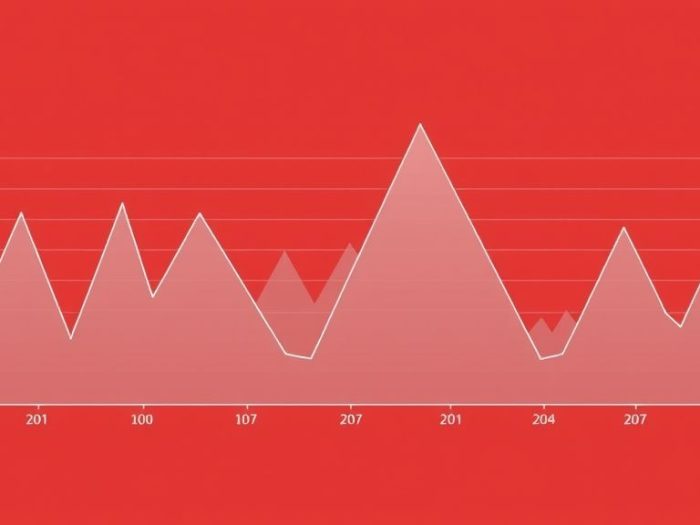Backtesting is a crucial step in developing algorithmic trading strategies. However, a major
pitfall is “overfitting,” where a strategy performs exceptionally well on historical data but
fails in live trading. This article explains what overfitting is and provides techniques to
prevent it, ensuring your backtest results are more reliable.
Understanding Overfitting
Overfitting occurs when a trading algorithm or model is designed to fit the specific nuances
and noise of the historical data used for backtesting. The algorithm essentially “memorizes”
the past data, including random fluctuations that won’t necessarily repeat in the future.
Why Overfitting is a Problem
An overfitted algorithm will likely perform poorly in live trading because it’s not robust enough
to handle new, unseen market data. It will fail to generalize to real-world conditions.
Signs of Overfitting
- Unrealistic Performance: Extremely high win rates, profit factors, or low drawdown during backtesting.
- Complex Strategies: Algorithms with a large number of parameters or rules.
- Curve Fitting: The strategy seems perfectly tailored to specific historical events.
- Inconsistent Performance Across Timeframes: The strategy performs well on one timeframe but poorly on others.
Techniques to Prevent Overfitting
1. Keep it Simple
Start with simple strategies and avoid overly complex algorithms. Strategies with fewer parameters are generally more robust.
2. Cross-Validation
Divide your historical data into multiple sets:
- Training Set: Used to develop the algorithm.
- Validation Set: Used to optimize parameters.
- Testing Set: Used to evaluate the final strategy.
3. Walk-Forward Optimization
Optimize parameters on a portion of the data and then test on a separate, unseen portion. This simulates real-world trading conditions.
4. Out-of-Sample Testing
Test your strategy on data that was not used for training or optimization. This is the most crucial step.
5. Robustness Testing
Vary the parameters of your strategy slightly to see if performance remains consistent. A robust strategy should perform reasonably well with minor parameter changes.
6. Realistic Simulation
Ensure your backtest simulation is realistic:
- Include transaction costs (commissions, slippage).
- Account for realistic order execution.
- Use accurate data.
7. Timeframe Considerations
Test your strategy on multiple timeframes to ensure it’s not over-optimized for a specific timeframe.
Example: Overfitting
Imagine a strategy that buys a stock when it goes up a specific amount and sells when it goes down a
specific amount. This strategy might perform exceptionally well on a specific historical period
with consistent price swings. However, if the market’s volatility or price patterns change, the
strategy will likely fail.
Conclusion
Overfitting is a significant risk in algorithmic trading. By employing techniques like cross-validation,
walk-forward optimization, and robust testing, you can increase the reliability of your backtest
results and improve the chances of your strategy’s success in live trading. Remember that no
backtest can guarantee future performance, and careful risk management is always essential.
Related Keywords
Algorithm overfitting, backtesting, algorithmic trading, trading strategy, trading algorithm,
overfitting in trading, robust trading strategy, trading simulation, trading performance,
quantitative trading.
Frequently Asked Questions (FAQ)
1. What is overfitting in algorithmic trading?
Overfitting occurs when a trading algorithm is designed to fit the specific details and noise of historical data, leading to poor performance on new data.
2. Why is overfitting a problem?
Overfitted algorithms fail to generalize to real-world trading conditions and likely perform poorly in live trading.
3. What are some signs of overfitting in a backtest?
Signs include unrealistic performance, complex strategies, curve fitting to specific historical events, and inconsistent performance across timeframes.
4. How can I prevent overfitting?
Techniques to prevent overfitting include keeping strategies simple, using cross-validation, walk-forward optimization, and out-of-sample testing.
5. What is cross-validation?
Cross-validation involves dividing historical data into multiple sets (training, validation, testing) to develop, optimize, and evaluate the algorithm.
6. What is walk-forward optimization?
Walk-forward optimization optimizes parameters on a portion of the data and then tests on a separate, unseen portion, simulating real-world trading.
7. What is out-of-sample testing?
Out-of-sample testing is the most crucial step, involving testing the strategy on data that was not used for training or optimization.
8. What is robustness testing?
Robustness testing involves varying the parameters of your strategy slightly to see if performance remains consistent.
9. Does backtesting guarantee future performance?
No, backtesting provides an initial assessment but cannot guarantee future performance.
10. What is the most important takeaway about algorithm overfitting?
The most important takeaway is that preventing overfitting is essential to ensure your backtest results are more reliable and your strategy has a better chance of success in live trading.



